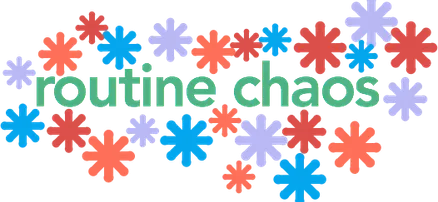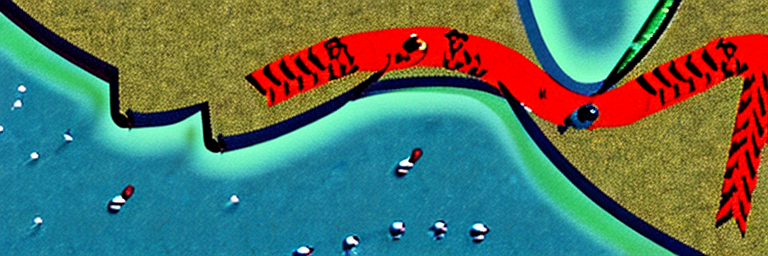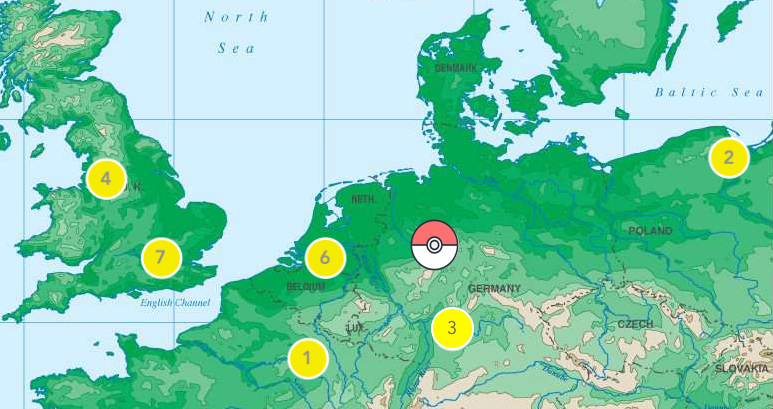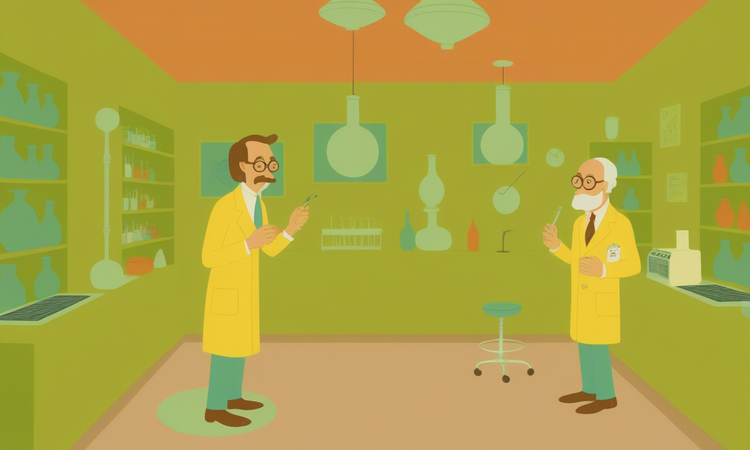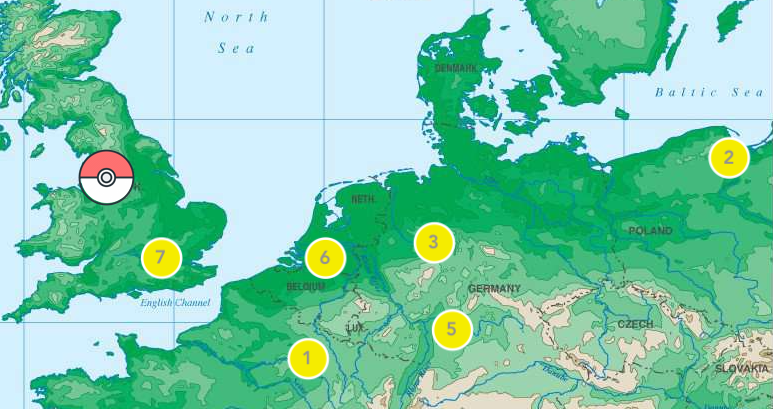Coming back from the traveling circus
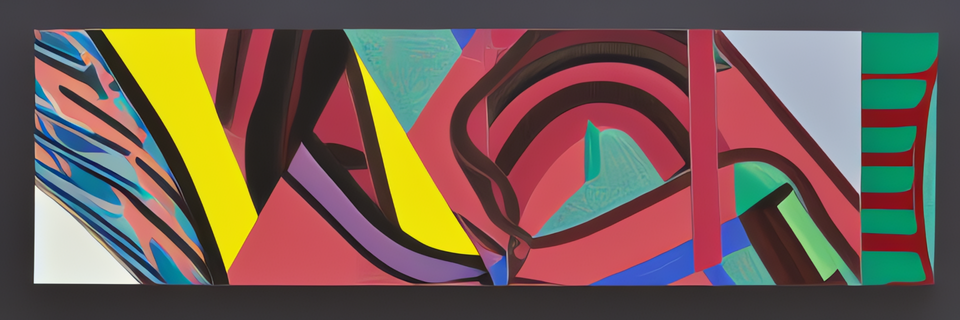
The silence over the past few weeks has not been an absence of things to say but an abundance. What was missing was the time and energy to organize them into something coherent. Let’s see if I can give it the old college try, eh?
When I set off on the traveling circus, I said:
Here's the biggest bet we're making with this: most people have a project in them that they're intrinsically motivated to work on...they just need the right support to define it and overcome enough of the initial challenges so that it becomes satisfying to work on.
On the other side of it, I can only say that I'm going to continue making that bet. Admittedly we're working with a small sample size of about 65 people between the ages of 13 and 16, but over 90% of them conceived of and delivered a project that they were excited about and motivated to work on. The diversity of those projects was pretty stunning and supportive of our design choice to NOT provide initial starter ideas for projects and instead see what people came up with on their own. A few examples:
A rap battle video debating whether Lebron or MJ are the GOAT,
a 3D model of an athletic shoe
A collection of recipes of desserts around the world that all share a common ingredient
A Stable Diffusion LoRA and a bunch of representative avatars from it1
A cardboard model of a skate park
A pop-a-shot mini-basketball court
A "getting started" guide for people joining the wrestling team
A first attempt at landscape painting
Sooooo many first podcasts, first websites, first video edits
And a lot more. All of these with about 12 total hours of dedicated project work time.
I think the bet is right, but the major caveat is that the challenge is figuring out what the "right support" to bring that to life actually is. Our 3rd iteration looked dramatically different from our 1st iteration2. Without going into too much detail, a few key insights I'll share from this process:
Self-direction is a muscle to build - you are more than welcome to roll your eyes at our team and insist on the obviousness of this insight...this is more about how you build the muscle than about the fact that you need to. Some of the challenges we ran into: how do you baseline the starting point for self direction? How do you figure out how much is too much, both in terms of the max at any given time and the total amount on any given day? In some ways, this requires exercise similar to how you'd build any muscle; you can, for example, start low, build up, then taper down and mix in some novelty. It is also not like exercise in the way that consistency of routine and sustained focus isn't always desirable - there are times when it's actually beneficial to let focus wander for a bit, especially when navigating novel challenges.
Related...what is generative AI good for in a classroom? We built several AI tools to support this work, and some of the most effective ones focused on how to sustain focus - specifically, one that provided ideas for next steps to take with a project and another that narrated a possible path to a big picture vision from the current point. What I found interesting with these tools was how rarely people took what they said and did exactly that; instead, just by conveying a possibility, it helped people to conjure other possibilities. This is a huge departure from the commonly cited use case of the personal tutor, because it's not about the tool being right but about the tool providing provocation. And, in both of these cases, it's almost certainly worse than what an individual coach could do in terms of the utility of its specific recommendations, but it would be hard for a coach to do something like this 25 times in 2 hours and to catch every person right at the moment when they really need it. These tools ended up being examples of human/computer hybrid systems, because when people ended up in conversations with coaches they had already tried a few things, made some progress, and defined more specific questions; meanwhile coaches were able to give more precise and focused guidance and feedback.
Creative confidence as a source of navigation - one of the topics we spent A LOT of time discussing and working through amongst our design team was the difference between project-based learning and self-directed projects. They aren't inherently distinct, but self-directed projects come with a higher degree of uncertainty because the end product isn't always clear nor is the way to get there. Projects like that often come with false starts, misdirection, frustrating obstacles, and so on. If you don't know that's part of the terrain, then the first conclusion you'll reach is that you're doing something wrong3. If you've been socialized within a system that places an emphasis on getting things right rather than on trying things out and finding ways to course correct, then the conclusion that you're doing it wrong can be paralyzing because you don't know how to do it right and there may not be someone around who can tell you how to do it right. This is another area where coaching can work miracles and where good design can mitigate the need for coaching and increase the quality of coaching by externalizing the reality of these kind of projects and articulating how the logic is different from what is common in that status quo of school. One of the most effective things we included in the design was a focus on making something small every day - either a totally new build, or an improvement on what you've already been working on - that people would share for feedback every day. It wasn't about having the perfect thing, just something new that people didn't have the day before. A hidden truth within this kind of work is that the products of the work aren't nearly as important as the process, as learning to find your way through a new and novel problem at progressively higher levels of complexity and ambition.
Safe and supportive community is critical - not gonna lie: we thought we could punt on this at first. We thought that with only 10 half days we were too pressed for time to get into community activation because we really wanted to get into the self-direction. We all knew this was a risky bet...and we whiffed hard on this one. Fortunately, we realized it almost immediately in our 1st iteration; unfortunately, it is so much harder to do on the back foot playing catch up than it is if you lead with it. This ultimately isn't that complicated: people are more capable of taking risks and trying things that require some amount of openness and vulnerability when they have a sense of psychological safety. A huge part of that is feeling known, accepted, and supported. Another big part of that can come from having low stakes opportunities to relate with other people...which was why we had originally made a big bet on building these tabletop games that we thought would do two things: create those low stakes opportunities, and build some of the skills for creative confidence. The games themselves were - man I hate to say this - kind of a failure. Not a total failure: for people who were really excited to try out new games, they were actually pretty good. The problem, though, is one that is familiar to anyone who has ever attended a game night: the majority of people don't actually want to invest 10-15 minutes in learning a new game; they just want to play. We executed a fairly quick pivot and jettisoned our bespoke games, brought in a bunch of familiar multi-player games4, and focused exclusively on game time as a space for building relationship and having a release valve after the intensity of self-directed work.
There is more ink to be spilled about this project5. Some of it may be spilled here, but I was unbelievably fortunate to work on this with the team from the Reinvention Lab,so we're probably going to air some of it out in their space too. I also think this summer proof of concept work might have done enough that we know it's got some legs, but it might still have some work to do...so if you're interested in partnering or hosting another round of Futureshock in 2023-24, jump in the comments or drop me an email (my first name at routine-chaos.com).
Seriously, go ahead and look up what this is in the first place if you don’t know. ↩
Heck, the second half of our 1st iteration looked dramatically different from the 1st half...and our 3rd iteration still looked dramatically different from that. ↩
Even if you do know that's part of the terrain, you probably battle with that conclusion still from time to time. ↩
Shout out to Uno & Jenga - I am forever in awe of your durability and enduring appeal. We used a bunch of different off the shelf games, but those two never failed to draw a crowd and stay popping the whole time. ↩
For example, why the status quo of schooling doesn't look like this. ↩
